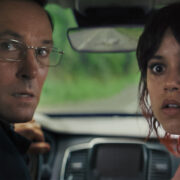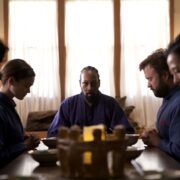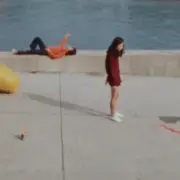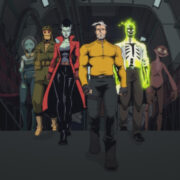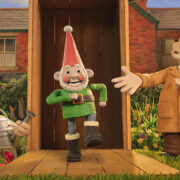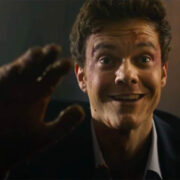10 Great Horror Films from Around the World Part 4
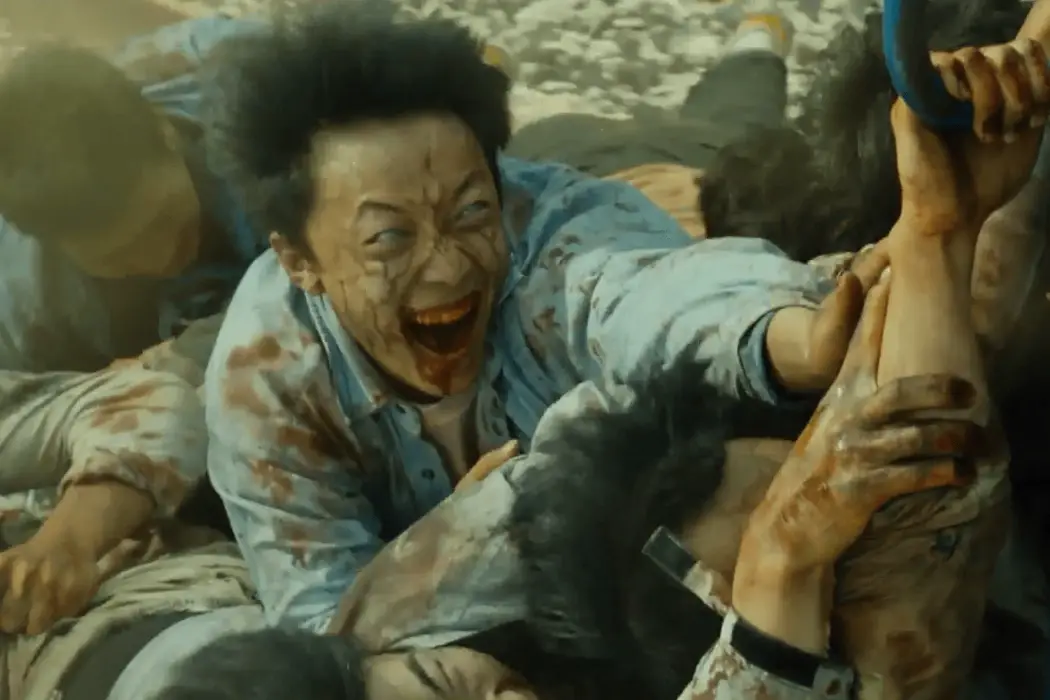
Massive film lover. Whether it's classic, contemporary, foreign, domestic, art,…
In years past, I recommended great horror movies from around the world. Find part one here, part two here, and part three here. Back for more? Of course, there’s more, because the horror genre is so undeniably vast, fun, freaky, and diverse. While Japan’s penchant for atmospheric mood pieces is shattered by the bombast of Sion Sono or the manic found footage stylings of Koji Shiraishi. France has a modicum of variety, veering from the artful, earlier chillers such as Eyes Without a Face, or Les Diabolique to the New French Extreme we have today. Chinese folklore dictates an entirely different interpretation of vampires, zombies, and anything else under the supernatural umbrella, and serial killers, no matter what country they hail from, are genuinely terrifying.
10. Noroi: The Curse (Japan – Koji Shiraishi, 2005)
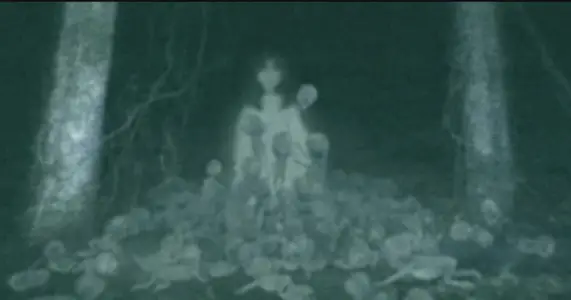
Over the years, found footage has brought in a lot of horror titles, the low production enables a higher volume of movies, and like any subgenre, some are bound to be better than others. But what do you get when a filmmaker completely shirks convention and reinvents the genre, giving us something entirely new? Well, the result would look something like the two standout features from Koji Shiraishi, while 2009’s Occult is a thoroughly terrifying experience. It’s his 2005 title Noroi: The Curse that is the more affecting, and horror driven effort.
Shiraishi weaves a nerve-fraying 115-minute feature following the surviving footage left over after the death of a famous paranormal investigator, whose life was turned upside-down once he began investigating the deceptively simple disappearance of a mysterious woman and her son. This, of course, takes us down a crash course narrative featuring everything from ancient demons, ritual sacrifices, possession, psychic children, malevolent spirits, and ectoplasmic worms.
Utilizing a dizzying array of contrasting media, Shiraishi’s deftly constructs a terrifying feature utilizing a mix of media formats, documentary footage, “believe it or not” style reality programs, talk shows, even newscasts. Noroi: The Curse moves with a propulsive speed and is a chilling and original horror film.
9. Angst (Austria – Gerald Kargl, 1983)

A lot of words come to mind when I think about this Austrian born film, scary, brutal, unpredictable, violent, but at the forefront, Angst is a chilling exploration of the mind of a serial killer during a day-long rampage on a family estate shortly after his release from prison.
Inspired by (and relatively faithful to) the events perpetrated by Werner Kniesek, notorious Austrian mass murderer, Angst is a cold and unnerving interpretation that is both brilliant and unforgettable.
The single feature by director Kargl feels as if it was crafted by a veteran, playing like a waking nightmare in its terse structure as well as a clinical procedural at various intervals recreating the killer’s troubled past, previous incarceration, and childhood. Shaped with clinical metaphysical tendencies (the main character is credited as “The Psychopath”) and matter-of-fact presentation, Angst is a haunting experience that emphasizes the remote psychology of motiveless murder and the harrowing loneliness of a disturbed mind. Led by a disturbing performance by Erwin Ledler bolstered by a glacial score by Krautrock pioneer Klaus Schulze, Angst is a singular and chilling experience that feels distinctly European.
8. The Legend of the 7 Golden Vampires (United Kingdom/Hong Kong – Roy Ward Baker and Chang Cheh, 1974)
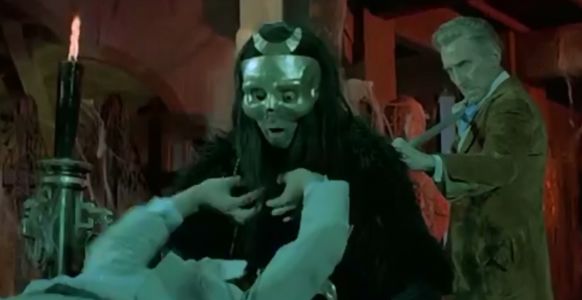
Kung-fu vampires, does this sound silly, farfetched, or downright awesome? I’m of the camp that tends to the latter. What do you get with a collaboration between two studios, who, at the time of production, reigned supreme in their respected genres? In the UK, Hammer was synonymous with superlative horror films, and the Shaw Brothers specialized in churning out an endless array of high-flying fantastical wuxia flicks and bone-crushing kung-fu films. Hammer and Shaw Brothers, together, what would that yield? The answer to this dream pairing is the legendary 1974 feature The Legend of the 7 Golden Vampires.
Helmed by Shaw Bros. veteran Chang Cheh, whose many credits including The 5 Deadly Venoms, The One-Armed Swordsman, and House of Traps and Hammer stalwart Roy Ward Baker, responsible for anthology classics such as Asylum, and Vault of Horror.
While Christopher Lee was indelible as Hammer’s count Dracula, he was over the series to rise from the grave once more, (this time the mantle would be taken by stage actor John-Forbes Robertson) however, ever the professional Peter Cushing revived his part as Professor Van Helsing. Shaw brings martial arts superstar David Chiang, a veritable powerhouse with over 100 credits to his name.
What is often considered as a lazily conceived, late-era flop from Hammer, signaling their fall from grace is a genre-bending, cross-cultural co-production that pays credence to both eastern and western vampire mythologies. Rousing adventure with sincerely rendered action scenes and a flair for the macabre, The Legend of The 7 Golden Vampires is an unusual treasure that shows what a thought out co-production can be.
7. Hour of the Wolf (Sweden – Ingmar Bergman, 1968)

Ingmar Bergman might have movies that feature Death as a lead character with The Seventh Seal or have directly inspired horror maestro Wes Craven to make The Last House on the Left with his grisly, yet beautiful The Virgin Spring. Ghosts of family members and nightmarish apparitions haunt his characters rather frequently with movies such as Cries & Whispers, Face to Face, and Fanny & Alexander.
But, the king of arthouse cinema committed his dour, spiritual aesthetic to a full-blooded horror movie during his career-defining mid-to-late sixties era with his classic 1968 film Hour of the Wolf. For Bergman fans, the movie looks like standard Bergman fare, Sven Nykvist’s black and white cinematography; we’re on the directors beloved Faro Island, there’s Liv Ullmann, Max von Sydow, Erland Josephson, and Ingrid Thulin too. Ulmann and von Sydow play a couple, Johan and Alma Borg, Johan, a struggling artist reveals that he is routinely haunted by visions of monstrous figures on the hillside.
We all know that Ingmar Bergman exhibits control over atmosphere. Still, with the Hour of the Wolf, he seems to be taking his brooding Nordic angst and molds it into a malleable but a slightly referential genre interpretation. Beautifully gloomy with flourishes of nightmarish imagery, Hour of the Wolf is simultaneously an exercise in horror and a prankster-like subversion of horror cinema. Bergman’s stock company is, as always, in top form, and Sven Nykvist’s cinematography further accentuates this classic from the director’s late sixties era.
6. The Church (Italy – Michele Soavi, 1989)

When we think of Italian horror, we’re either talking about Mario Bava, Dario Argento, or Lucio Fulci. Sometimes you’ll catch mutterings of Sergio Martino, or Luigi Cozzi, or Umberto Lenzi as if the golden era of Italian horror ended in the late eighties.
Produced by Dario Argento, Michele Soavi brought Italian horror into the international market in the late eighties and early nineties with movies like Cemetery Man, Stagefright: Aquarius, and The Sect, but his most ambitious and elaborate would be his 1989 feature The Church.
With a story that crosses centuries when righteous crusaders slaughter a medieval village of suspected devil worshippers and sorcerers. The mass grave becomes the foundation for a cathedral, and years later, in the present day, the curse of those wrongfully slain possess the living!
Blending the historical with the supernatural, Soavi’s film is relentlessly compelling, brimming with originality and rapturous visuals. The Church is sincerely concerned with the mythological nature of the horror genre, and Soavi’s craft is relatable enough to bear some formulaic context but ambitious to a point where you’ll be flummoxed by his ability to incorporate religious iconography with the adventure genre and outstanding visual chops both surreal and visceral. Featuring a standout performance from a young Asia Argento, Hugh Quarshie, and Barabra Cupisti.
5. Knife+Heart (France – Yann Gonzalez, 2018)

Not since the Dogme 95 Manifesto has there been such a pivotal filmic movement as the Incoherence Manifesto coined by Bertrand Mandico and Katrin Olafsdottir. Indoctrinated filmmakers include Jonathan Vinel, Caroline Poggi, Marie Losier, and most importantly, Yann Gonzalez, director of 2018’s Knife+Heart.
In 1979 in the neon world Paris there’s Anne, a director of gay porn who is struggling with the breakup between her girlfriend/editor while keeping things professional. However, there’s a sadistic, gimp masked murderer on the loose who seems to be targeting her cast members, his weapon of choice, a dildo that doubles as a switchblade.
Gonzalez’s film is a sumptuous homage to everything from the voyeuristic hooch of Brian De Palma, the lavish color-coded giallo’s of Dario Argento, and the visceral urgency of William Friedkin (Cruising comes to mind). Still, there’s nothing derivative about this garishly lovable chiller. Usually, gay characters are coded or alluded to in classic horror cinema (despite some exceptions), but Knife+Heart is out loud and proud. It is turning the old-testament pugilism of the slasher genre on its head with unreserved gusto and aesthetic chops that put this title in the arena of the unforgettable.
4. Shallow Grave (Scotland – Danny Boyle, 1994)

Always feel like Shallow Grave, and Blood Simple are a perfect double feature, both thrilling debuts from filmmakers who would be pivotal forces in cinema. And each film is a crackling reinterpretation of their respective genre crossovers as well as being distinctive to their native countries. Blood Simple and Shallow Grave are both horrors informed neo-noirs, but we’re here to look at horror movies beyond the stars and stripes.
Danny Boyle comes right out of the gate with a sardonic, crass, darkly comic, and casually shocking chiller that echoes the best machinations of Alfred Hitchc*ck, film noir, and modern horror. But Danny Boyle and screenwriter John Hodge burrow into the thriller genre, instilling some sociological import by lending the film both a satirical sense of misanthropic humor, as well as reveal a changing tide in the post-Thatcherite days of the United Kingdom. Ewan McGregor, Kerry Fox, and Christopher Eccleston are quintessentially bad people, and they’ll be the last to argue otherwise. Standing as a slightly under-exaggerated portrait of yuppie culture coming to pass in a modernized Glasgow and it makes their terrifying actions all the more convincing. A Chamber piece with bold simplicity generates a surplus of suspense with shifting alliances, sexual politics with an economic allegory; Shallow Grave is a spotlight of intelligent filmmaking.
Stylistic with cynical energy to spare, Danny Boyle struck a distinctive chord in the world of nineties international horror, ushering in a new voice in modern cinema.
3. Spooky Encounters (Hong Kong – Sammo Hung, 1980)
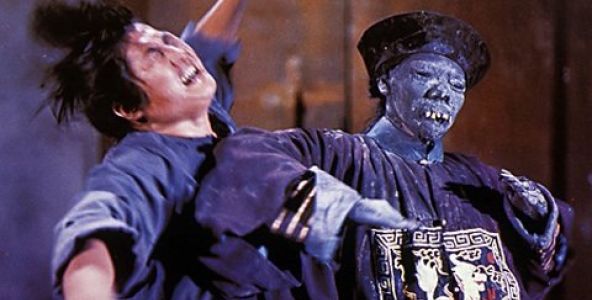
Directed by and starring what many refer to as “the fastest fat man alive,” Sammo Hung Spooky Encounters is one of the many slapsticky Hong Kong horror movies to come out during the eighties. Alongside the Mr. Vampire series (see Great Horror Movies from Around the World Part 2), Spooky Encounters kicked off a slew of kung-fu/wuxia horror flicks but, like so many series and subgenres, it’s always best to start at round one.
Sammo’s penchant for physical humor and sight gags pays off with his a childishly gleeful curiosity with the macabre. Spells, charms, talismans, and, yes, hopping vampire are galore in this delightfully amusing romp where Chinese mysticism proves to be a fascinating contrast the overplayed rigors of western iconography.
Practical effects and (depending on which audio track you prefer) borrowed music from The Shining bolster this Hong Kong c*cktail of comedic terror. Sammo Hung might be nest known for his collaborations with Jackie Chan, but as you can see here, he’s more than capable on his own.
2. Train to Busan (South Korea – Yeon Sang-ho, 2016)
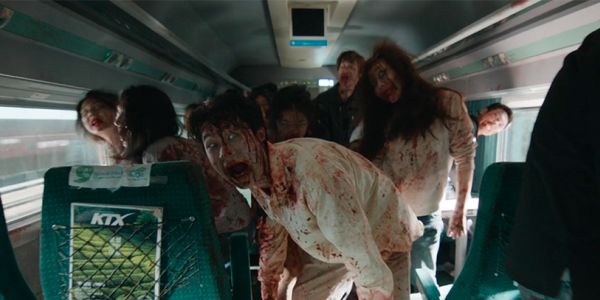
Anyone worn out on the living dead, zombies, or the kind of dead that seem to walk, and walk, and walk? Well, I’m not ashamed to admit that by 2015-16, anything undead induced an eye roll and a groan. So when Train to Busan came around, I was initially reluctant. Thinking “they better bring something new to the table,” and luckily for everyone’s sake, writer/director Yeon Sang-ho did just that.
The plot is deceptively simple; a gang of people have to fight their way from car to car through groups of the undead while Korea is in the throes of a zombie outbreak. From the outset, it sounds somewhat routine, but then again, how many times have we seen zombies on a train? Yeon Sang-ho builds a solid base of characters, broad, but likable, and elaborates and a propulsive narrative, and in contrast to a genre we commonly associate with guns, ammo, and seemingly endlessly unrealistic headshots Train to Busan is a zombie film with no gratuitous gunshots!
Giving our characters room to concoct new ways to fend of the marauding armies of zombies through innovation instead of muzzle flashes and blood squibs puts Train to Busan a few stops ahead of an oversaturated genre that was getting so tired it felt dead enough not to rise again.
1. Borgman (Netherlands – Alexander van Warmerdam, 2013)
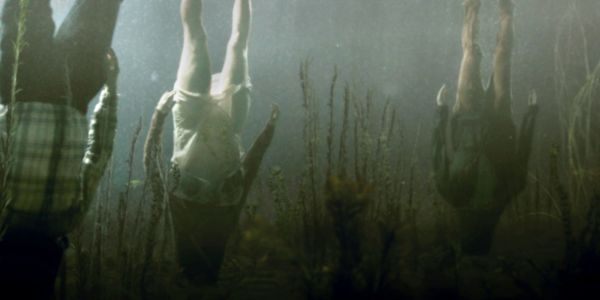
If you hear someone say “Borg-man” with an American accent, you’ll shrug your shoulders at a movie that sounds like DTV sci-fi movie, then if it’s muttered with its native Dutch accent, you’ll think “yeah, so it’s someone’s name?” But if you see the poster, or better yet the trailer, you’ll be inextricably pulled in to the manic hypnodrome combination of psychological horror that is Borgman.
Playing off the “stranger danger” or yuppie horror trope, movies like Pacific Heights, Single White Female, The Hand that Rocks the Cradle, Dead Calm, you could even trace it as far back as Hitchc*ck’s Shadow of a Doubt, and go as far as this year’s latest Parasite from Bong Joon-ho.
Borgman takes the peaceful-family-infiltrated-by-dangerous-stranger to psychologically fraying heights. At times bewitching with its surreal visual panache and thematically rewarding given its knotty structure and various literary allusions, namely its Oresteian overtones as the story feels very inspired by Greek tragedy. Implacably weird and perversely clever, Borgman is quite unlike anything else out there.
Wrapping Up
Some might wonder what the point of all this is, as if a Google search couldn’t achieve the same results. In some ways it could, but the lack of any compelling titles to crop up after searching for new international horror movies is, in some ways, my inspiration for this series.
I could have written about Let the Right One In, The Skin I Live In, Suspiria, Ju-On, and Raw would just confirm what you already know, that said movies are great. But there’s no fun in that, and movies are about discovering new movies and experiences, and when you open up cinema in a worldly context, there’s so much discover.
With so many horror movies out there, what came to mind while you were reading this, don’t be shy, share your thoughts!
Does content like this matter to you?
Become a Member and support film journalism. Unlock access to all of Film Inquiry`s great articles. Join a community of like-minded readers who are passionate about cinema - get access to our private members Network, give back to independent filmmakers, and more.
Massive film lover. Whether it's classic, contemporary, foreign, domestic, art, or entertainment; movies of every kind have something to say. And there is something to say about every movie.



